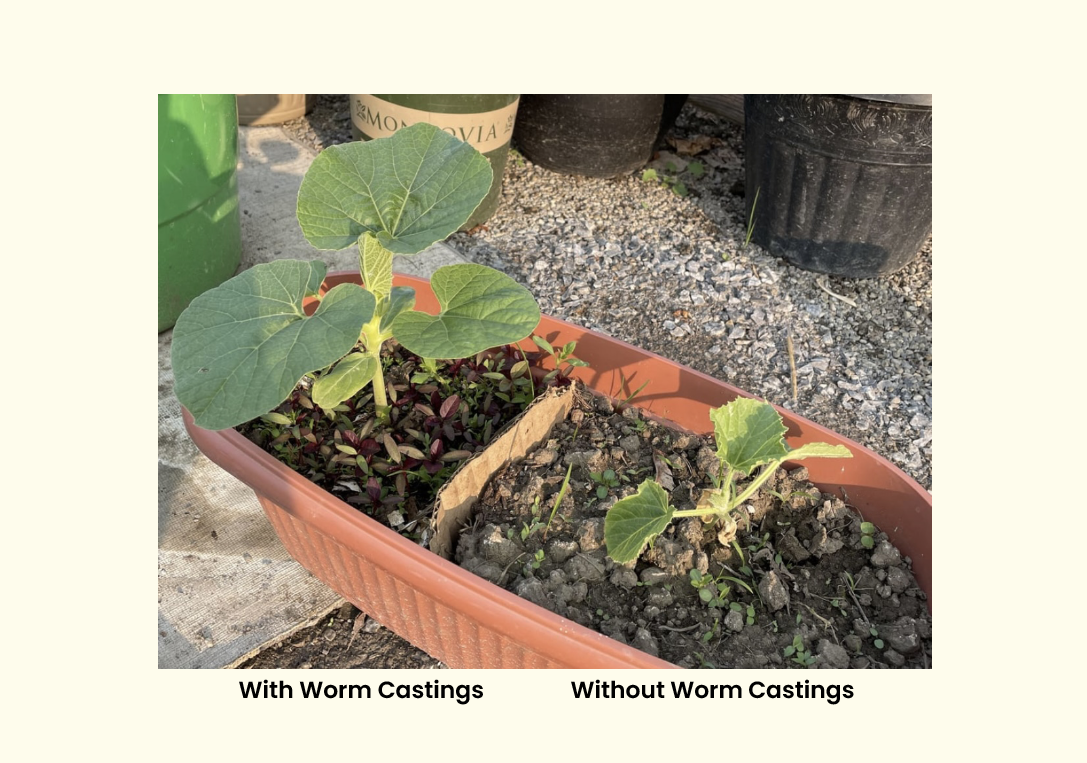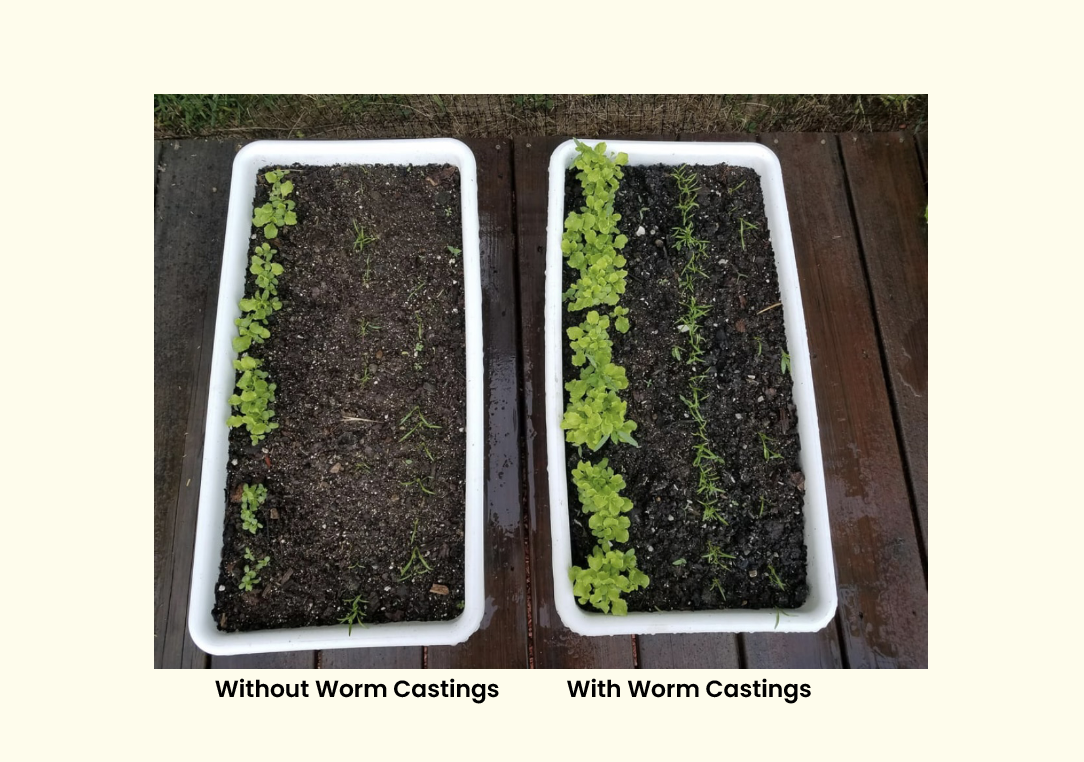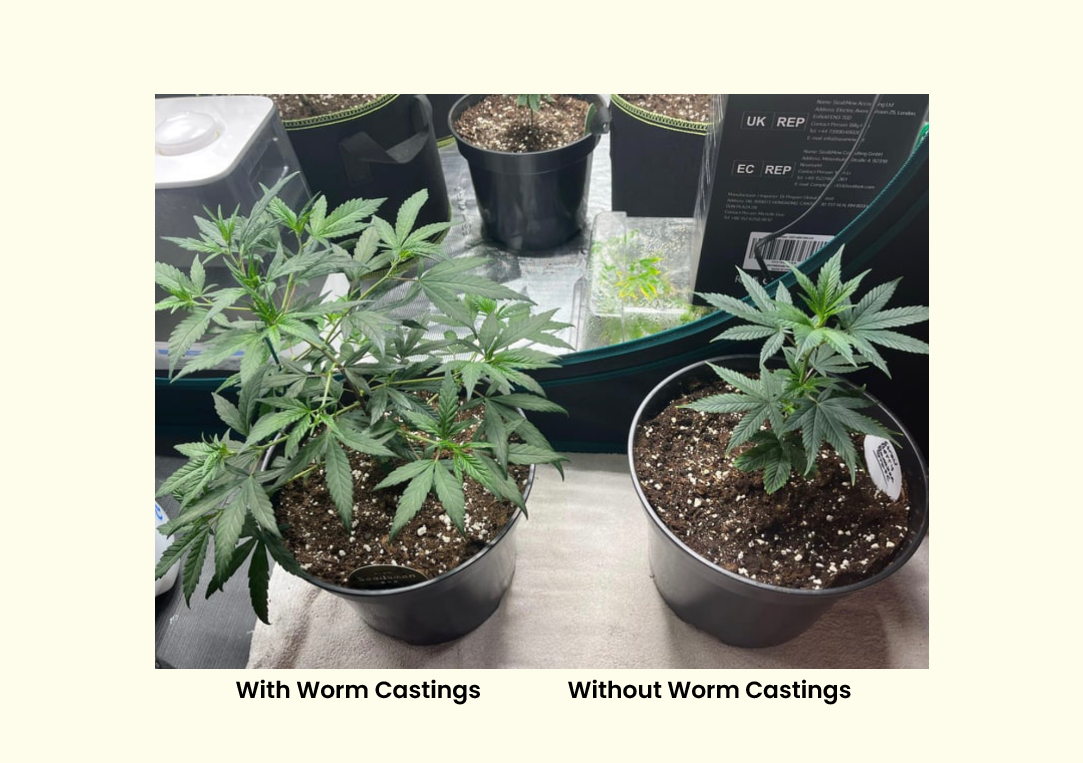Vermicompost
Vermicomposting is nature’s way of turning food waste into nutrient-rich compost using the help of composting worms, like red wigglers (Eisenia fetida). It’s a fast, efficient, and low-odour method that transforms everyday kitchen and cardboard waste into a dark, crumbly material called worm castings. One of the most powerful organic soil enhancers on Earth.
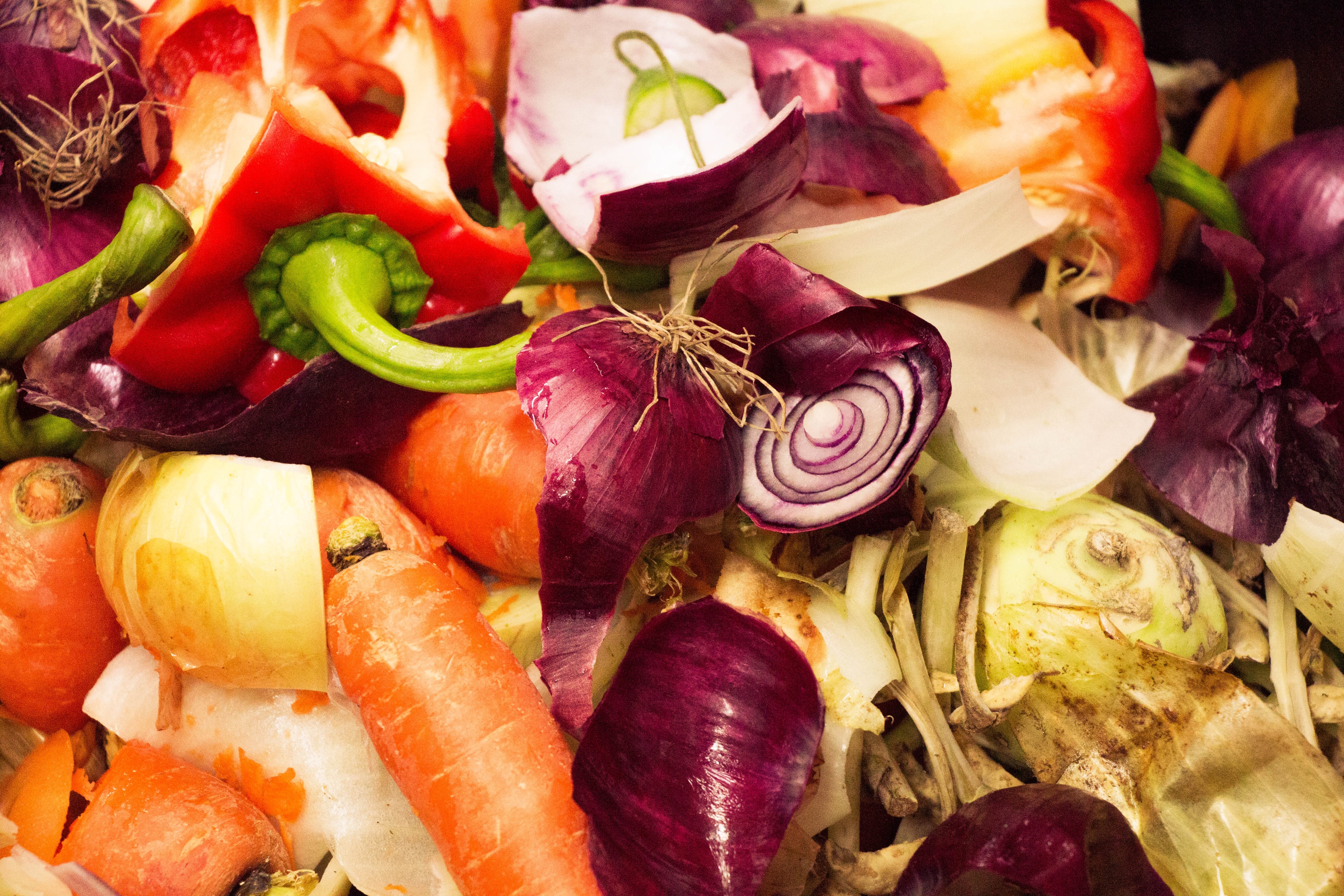
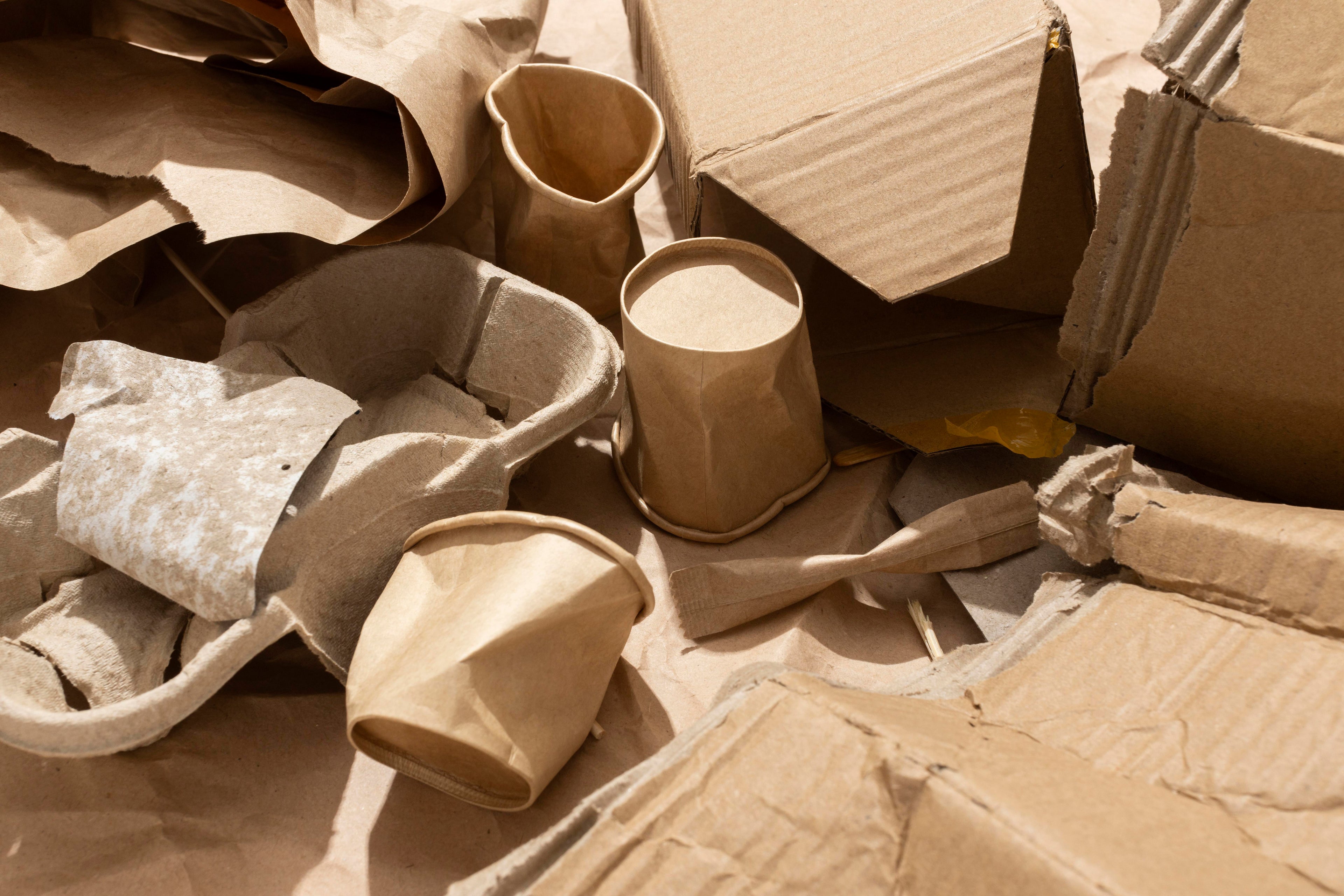
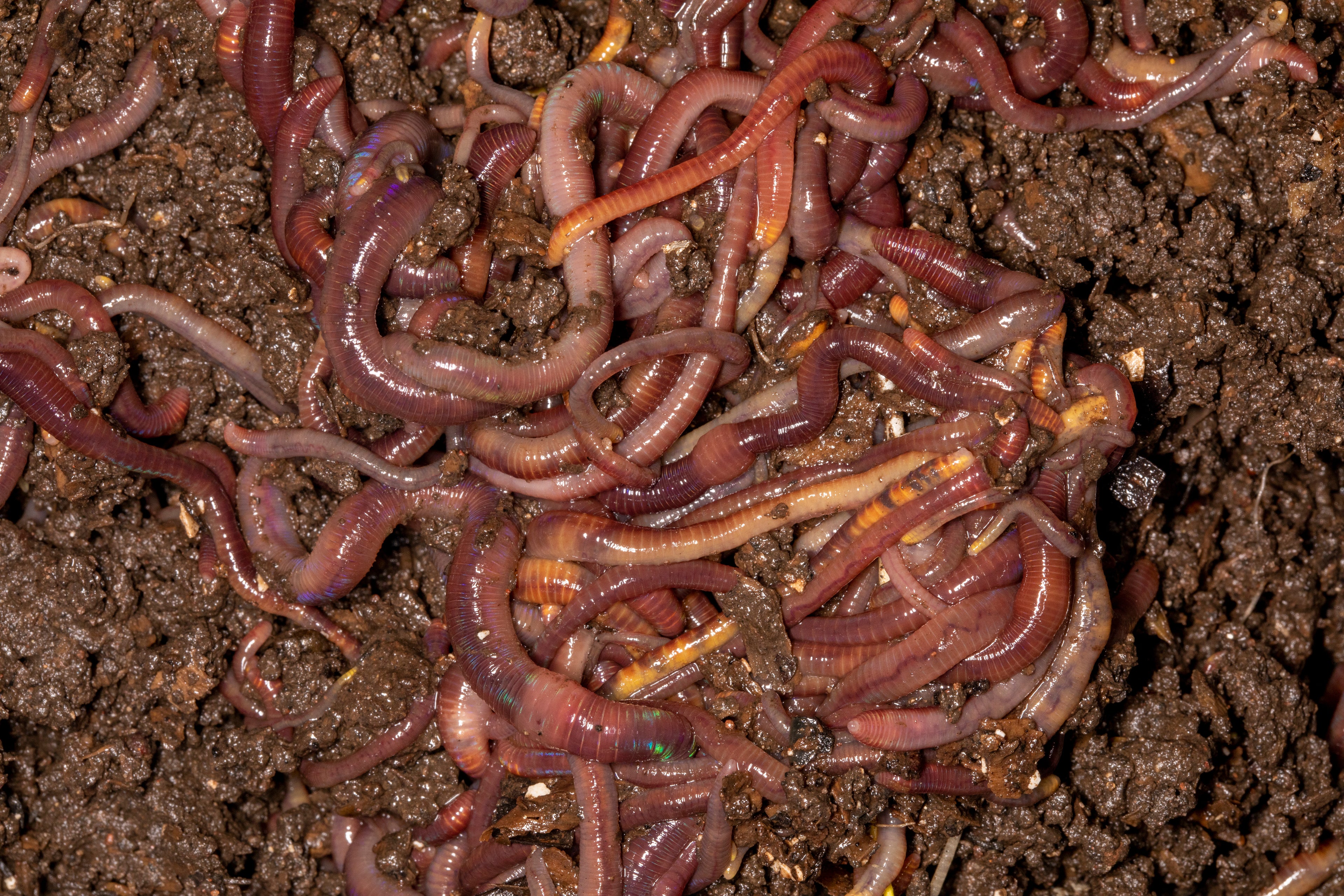
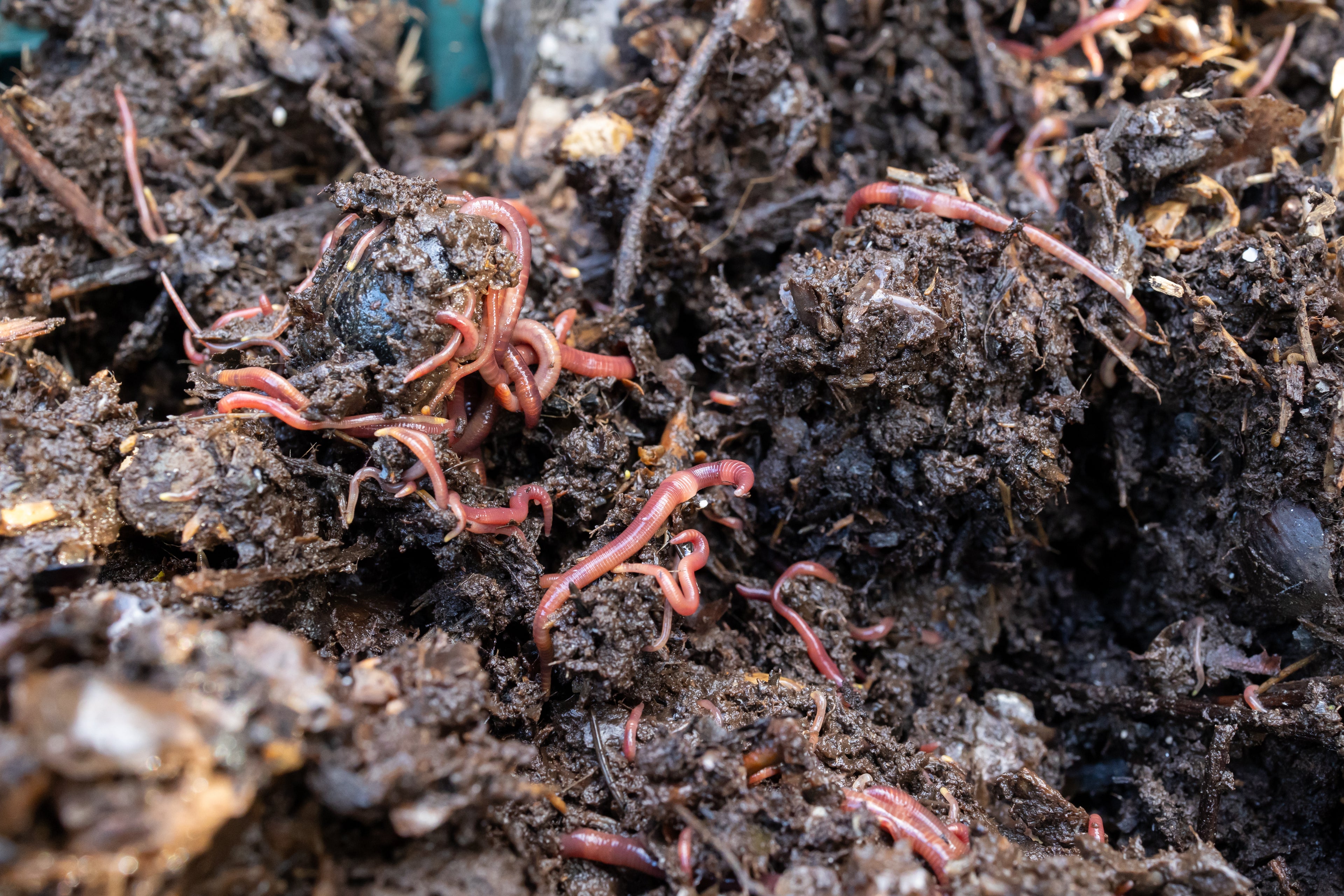
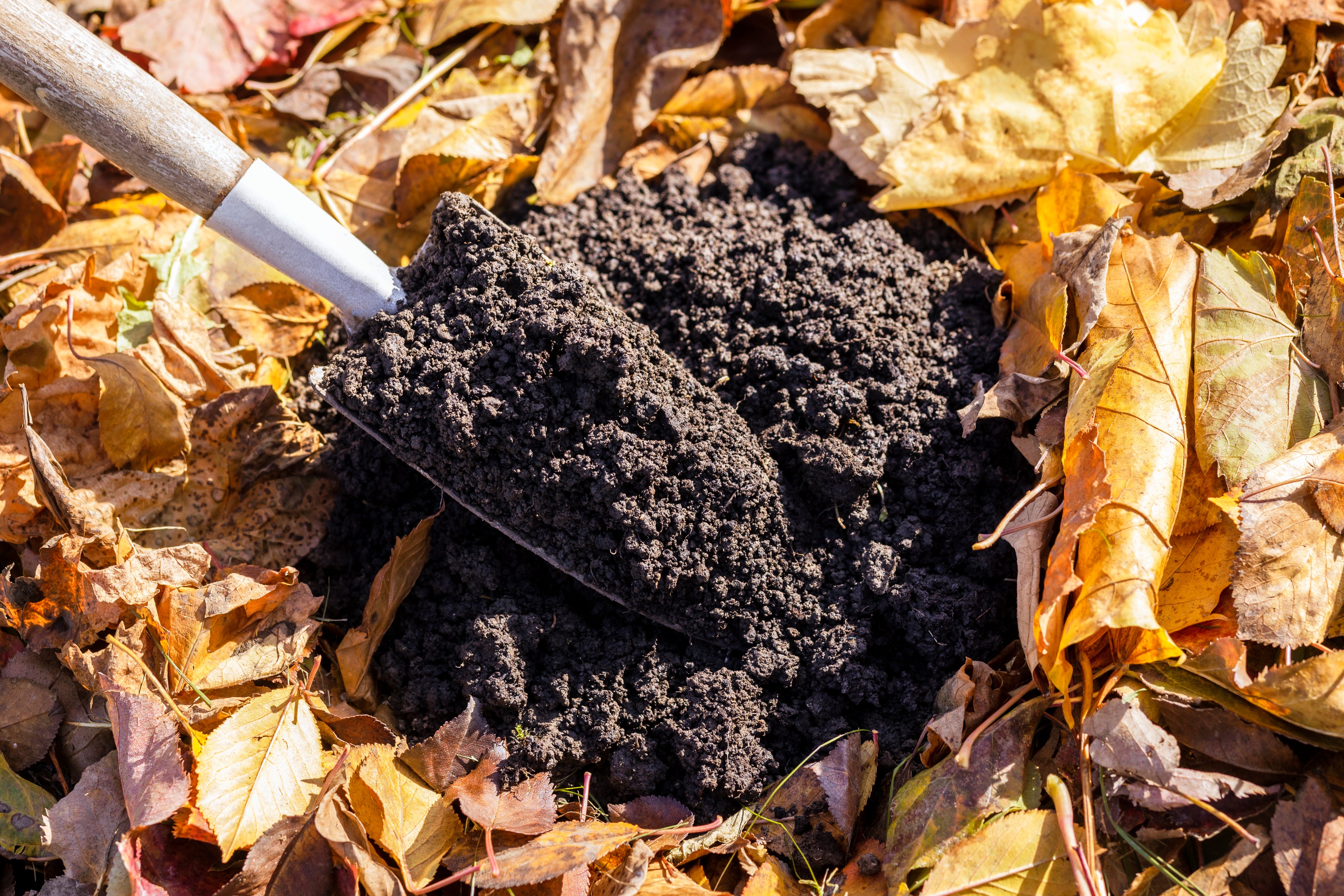
Benefits of Vermicompost
-
Improves soil structure and fertility
-
Acts as a natural fungicide against disease
-
Enhances plant growth and yield
-
Retains moisture and improves drainage
-
Encourages stronger root systems
-
100% organic and chemical-free
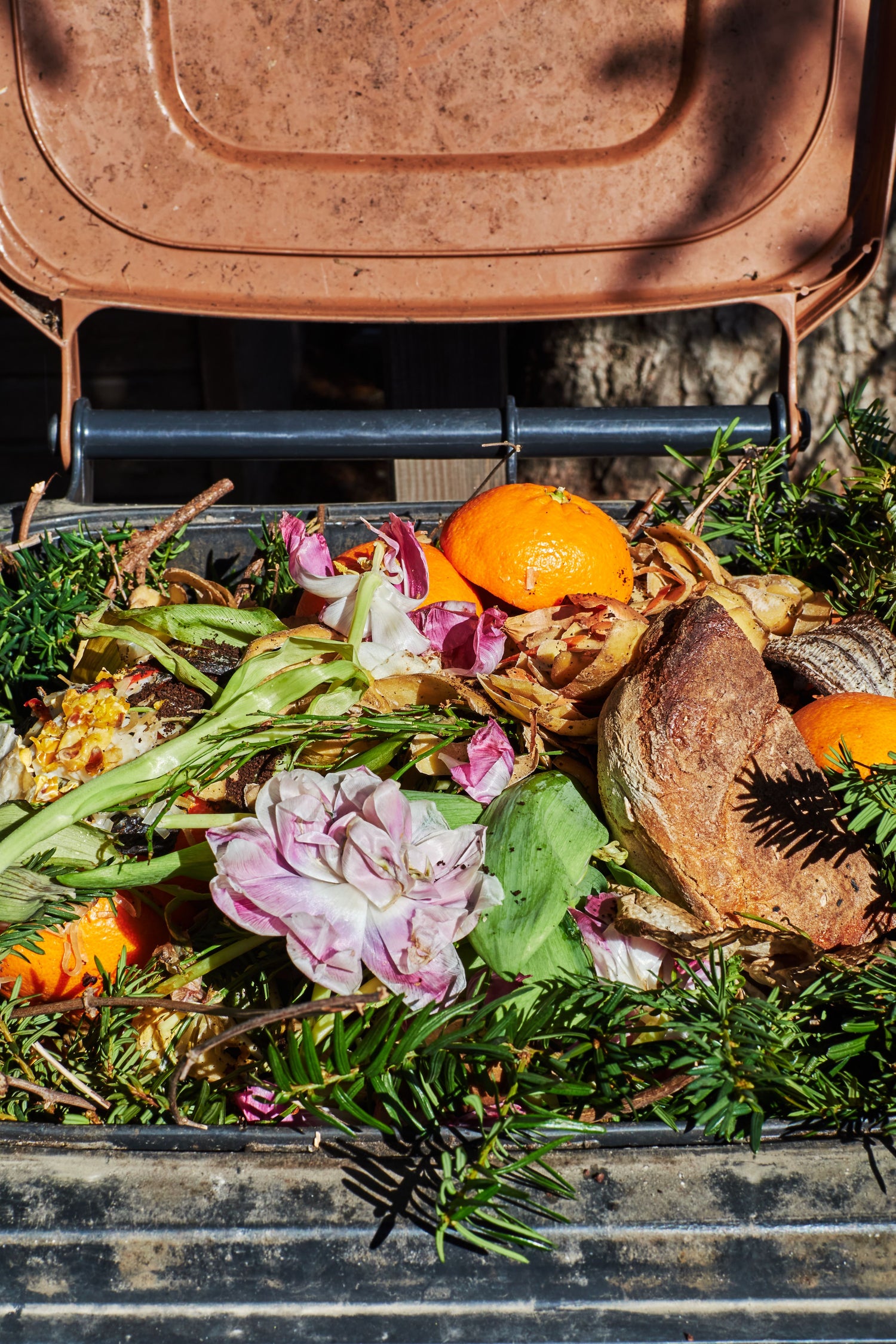
Every year, millions of tonnes of food waste end up in landfills, releasing methane. A greenhouse gas over 25 times more potent than CO₂. Vermicomposting helps solve this by:
- Diverting food and cardboard waste from landfill
- Reducing greenhouse gas emissions
- Rebuilding soil health naturally
- Creating high-quality compost that supports sustainable gardening and farming
What do we Recycle?
Fruit & Vegetable Peels
These are high in moisture and sugars, making them an ideal food source for worms. As they break down quickly, they help kick-start microbial activity in the compost. This is essential for worm digestion and nutrient cycling.
Shredded Cardboard & Paper
These materials are high in carbon, balancing the nitrogen-rich food scraps. They also serve as excellent bedding, helping to keep the worm bin moist, breathable, and comfortable for the worms.
Crushed Eggshells
Eggshells are a great slow-release source of calcium. They help balance the pH of your compost and support the worms’ reproductive health. Their gritty texture also aids digestion.
Coffee Grounds
Coffee grounds are rich in nitrogen, a vital component of healthy compost. Worms love them in moderation, and the gritty texture also helps worms grind down food in their gizzards, aiding digestion.
Tea Bags (Plastic-free only)
Tea bags provide organic matter that decomposes easily. They introduce beneficial fungi and bacteria that enhance the microbial ecosystem worms need to thrive and help turn scraps into balanced compost.
Pet Hair (and Human hair)
Hair breaks down slowly but adds nitrogen to the mix over time. Worms can process it gradually, and it mimics natural organic inputs found in forest soils, supporting compost biodiversity. It also forms worm hotels, where the worms can get jiggy with it and contribute to the growth of the worm population.
Stale Bread (in small amounts)
A quick-to-break-down carbohydrate source, stale bread gives worms energy, but it should be used sparingly to avoid mould. When balanced properly, it helps energise microbial activity.
Did you know?
Throwing away one burger wastes the same amount of water as a 90-minute shower.
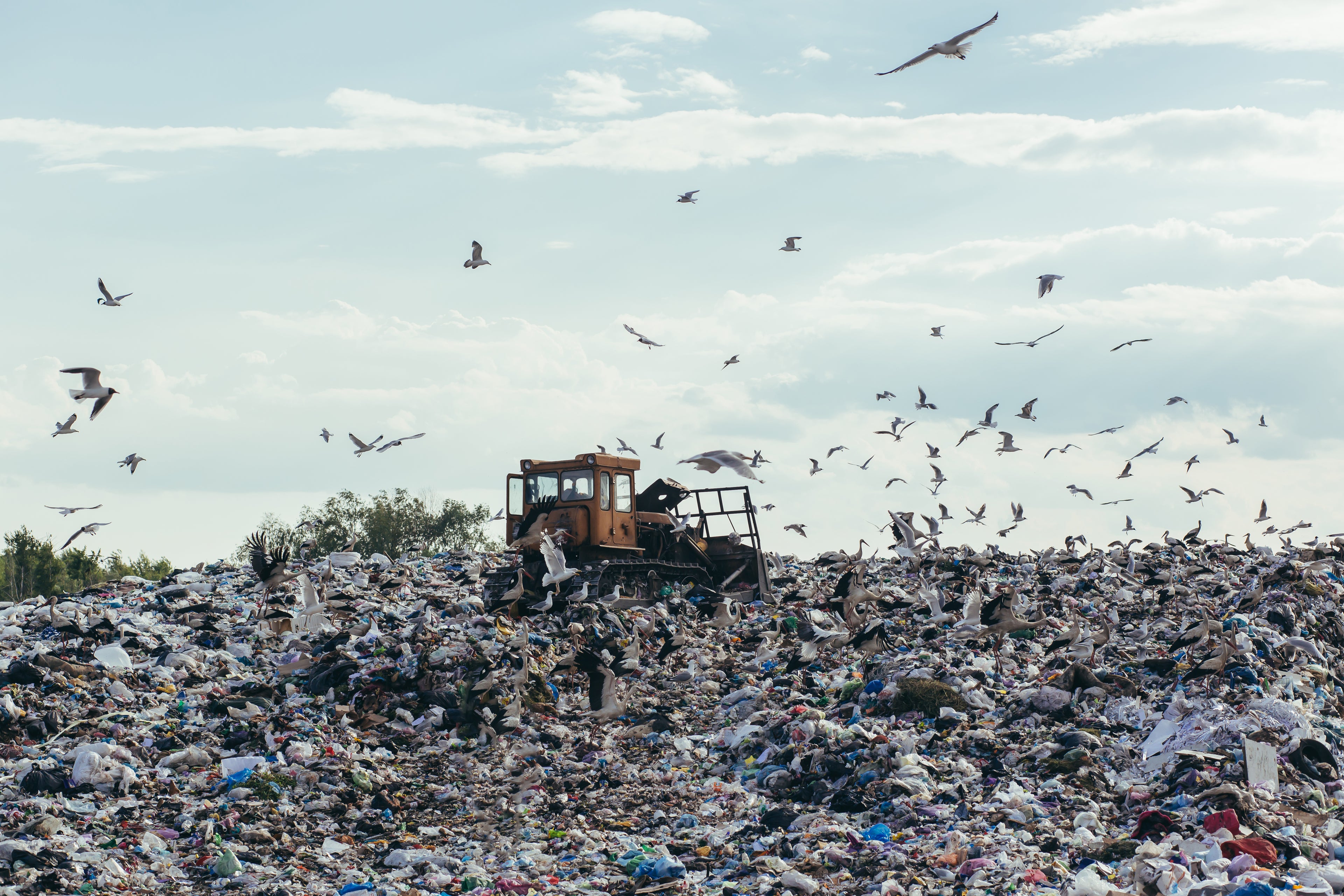
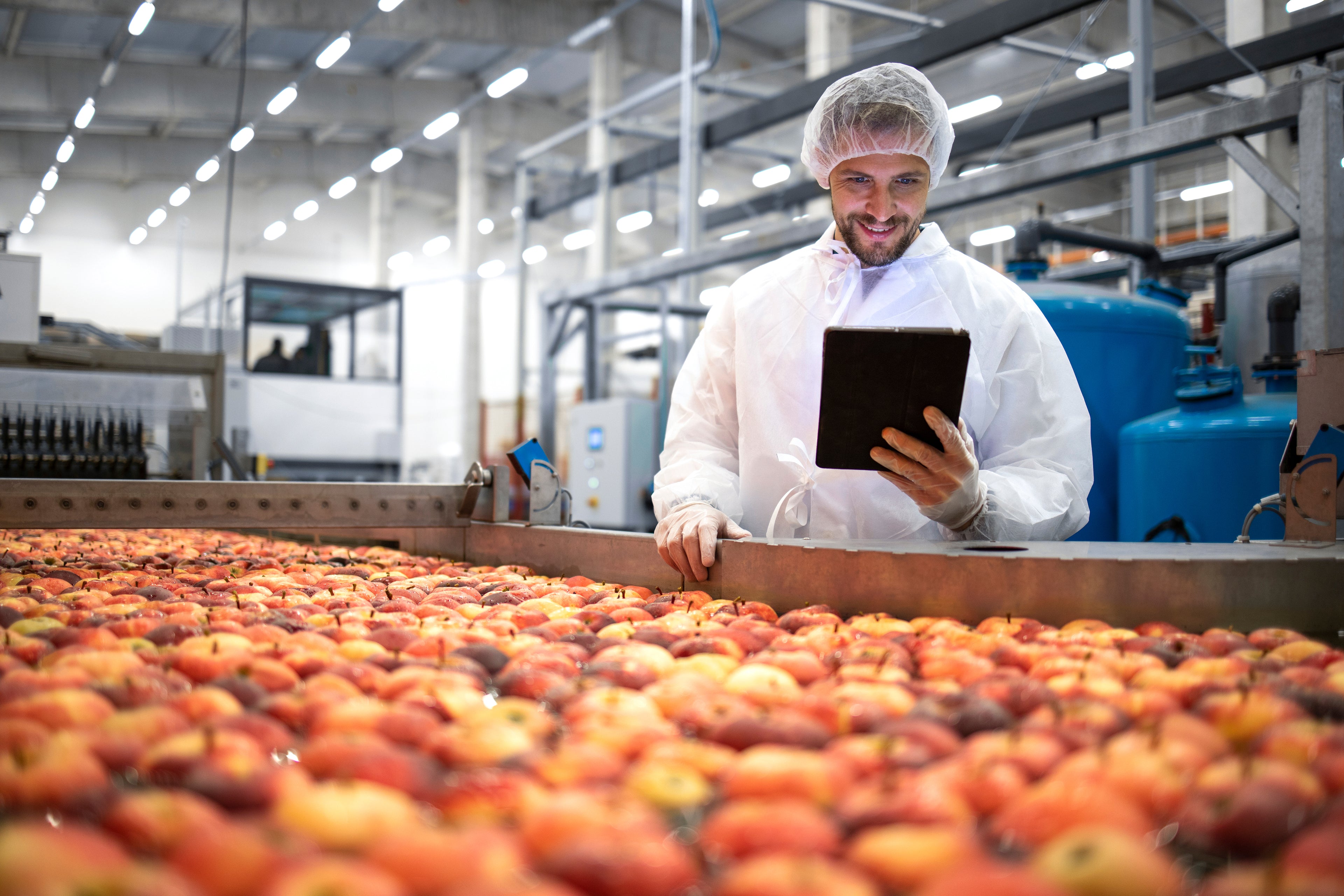
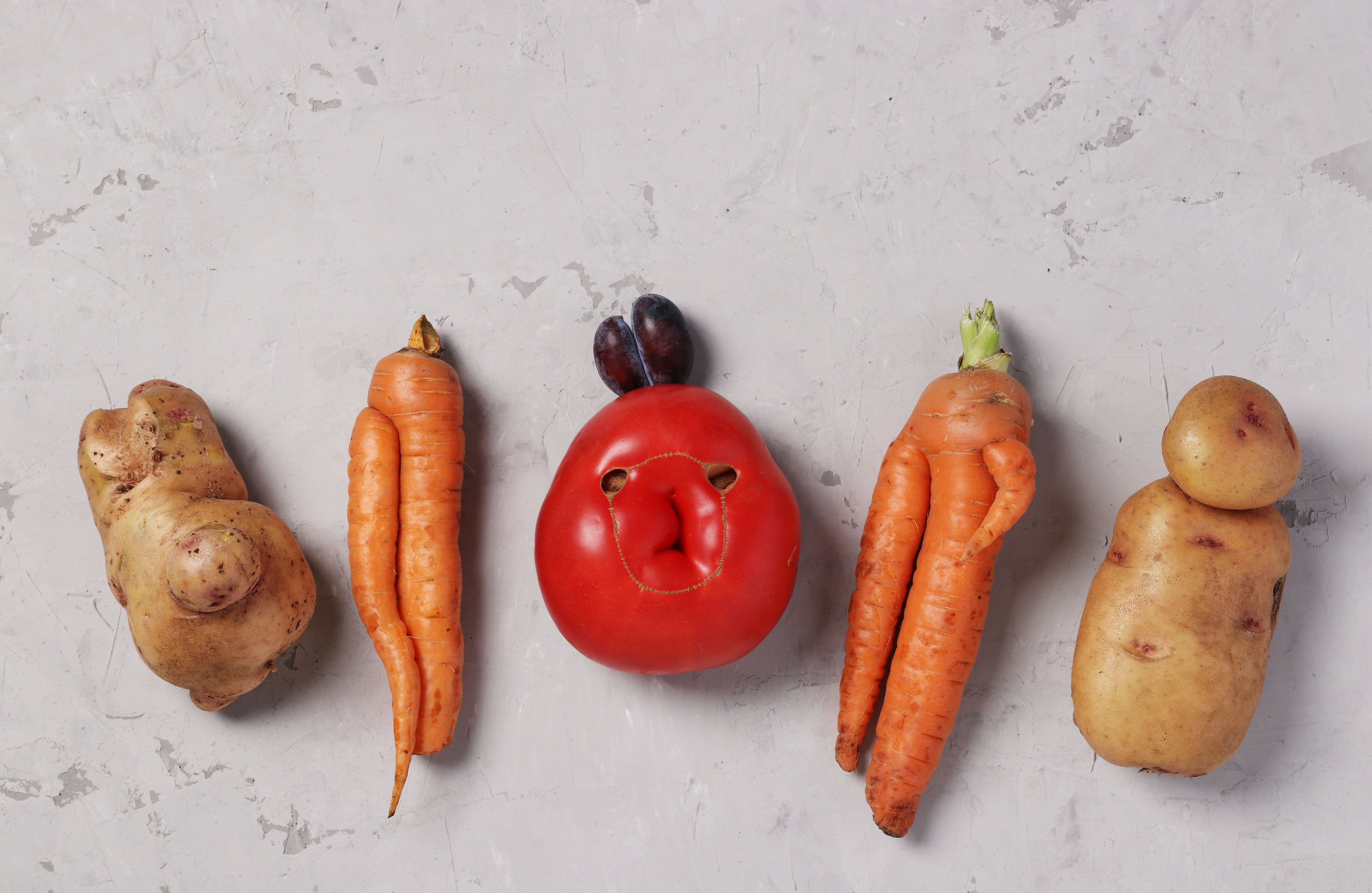
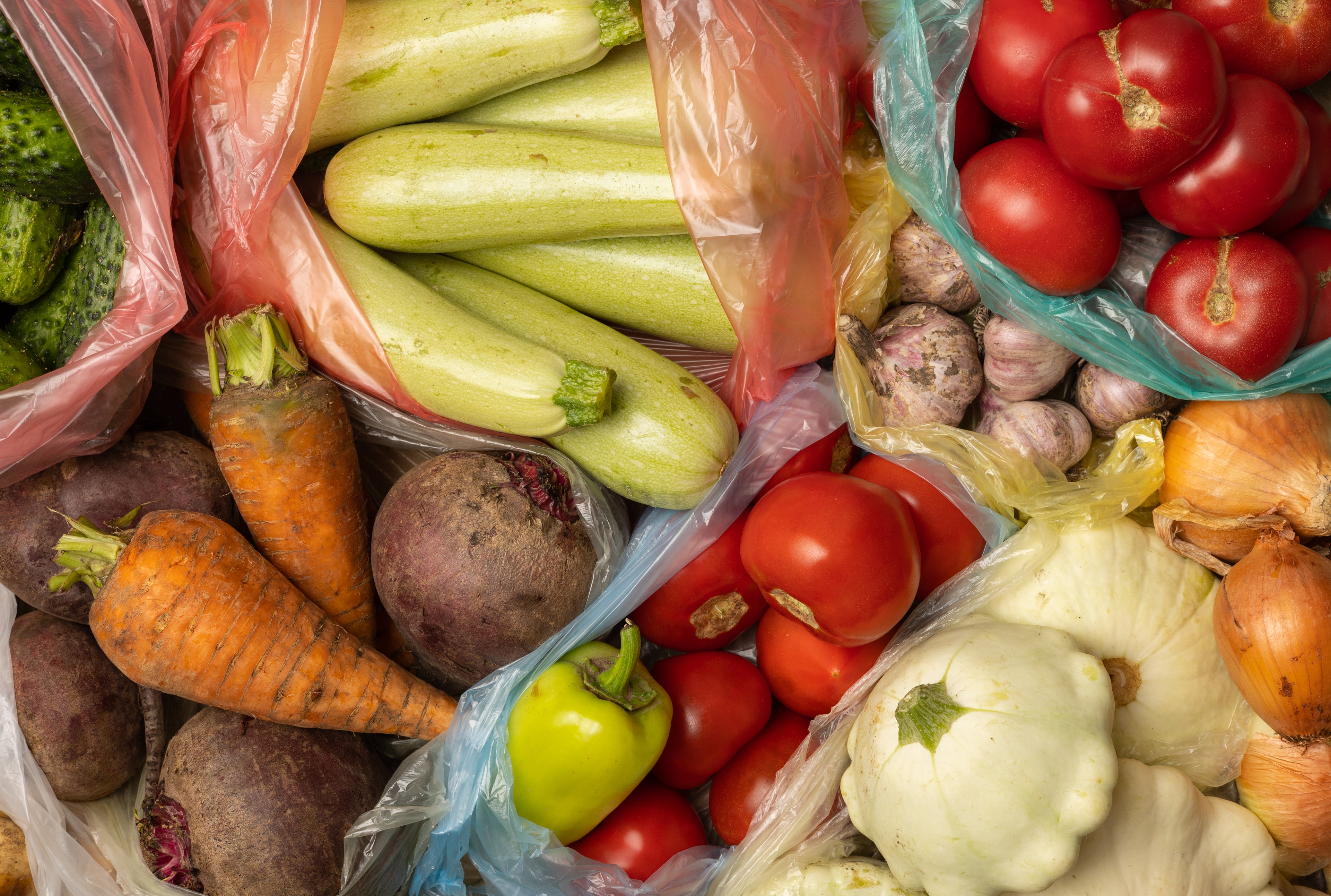
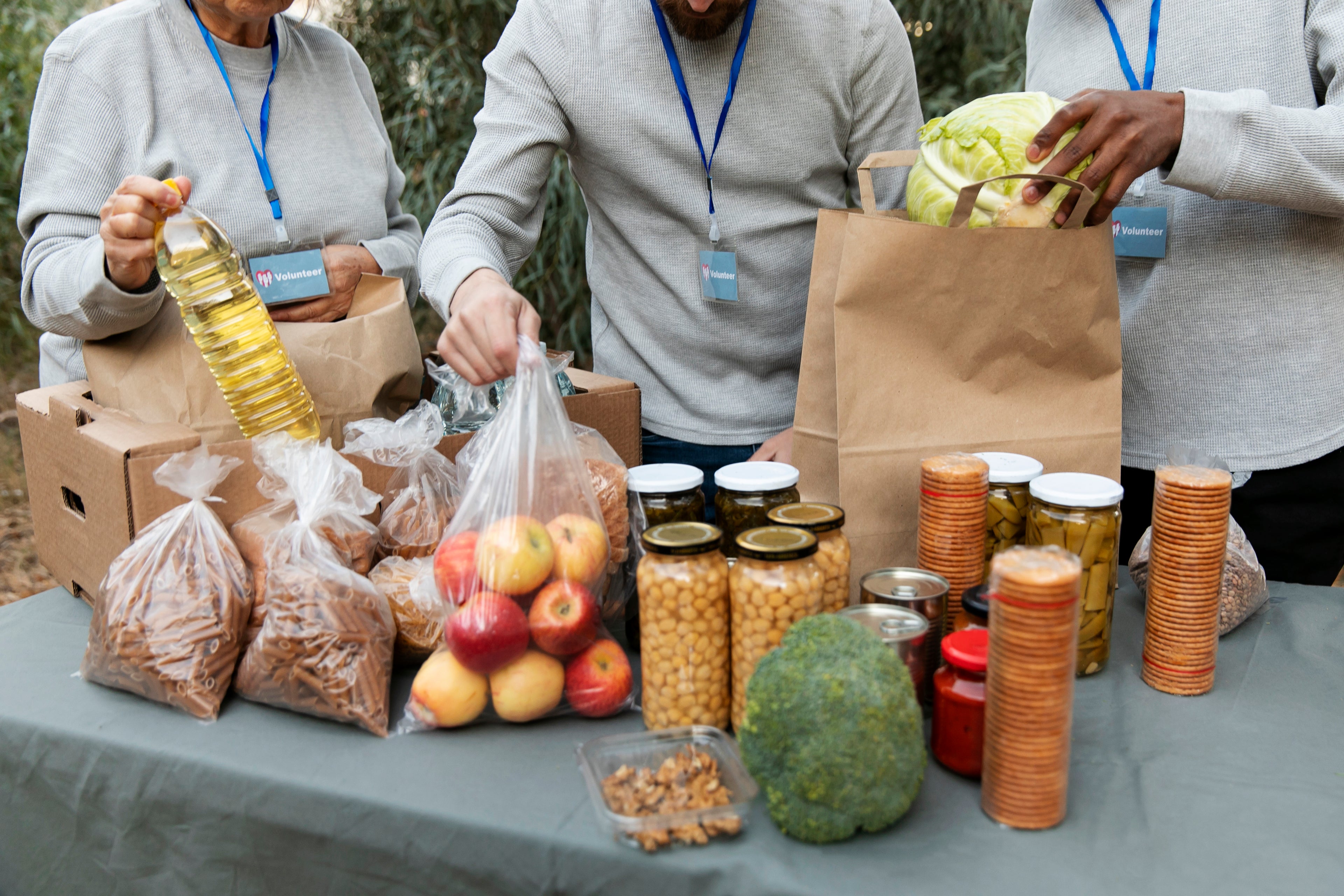
Food waste Problems
-
Food overproduction occurs at various stages of the supply chain, including farms, processing facilities, and manufacturing plants.
-
Produce is discarded because it does not meet the cosmetic standards set by retailers or consumers, despite being perfectly edible.
-
Date labels, such as “best before” and “use by,” can confuse consumers. Many mistakenly interpret these labels as indicators of food safety rather than quality.
-
Limited infrastructure and coordination for redistributing surplus food contribute to its wastage.
-
Consumer habits, such as overbuying, improper storage, and discarding leftovers, play a significant role in food waste.
-
Food waste in the UK generates approximately 25 million tonnes of greenhouse gas emissions annually.
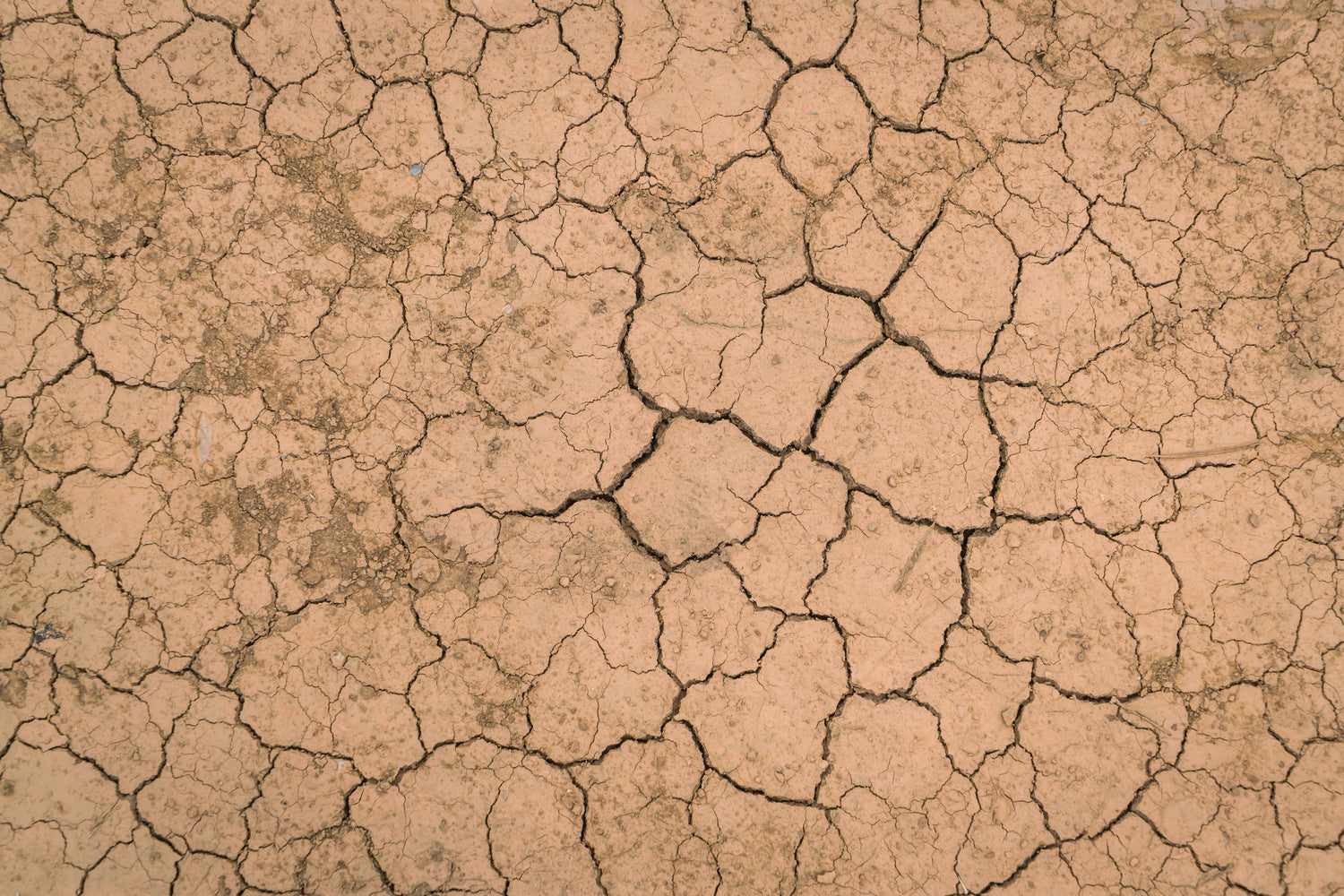
Life begins in the soil
Erosion, compaction, nutrient imbalance, pollution, acidification, water logging, loss of soil biodiversity and increasing salinity have been affecting soil across the globe, reducing its ability to support plant life and so grow crops. It takes thousands of years to create an inch of fertile topsoil, but it can be destroyed in minutes.
Soil Crisis
-
The processes that generate high-quality, fertile topsoil can take centuries. The world is ploughing through that resource at an alarming rate.
-
We are in danger of running out of topsoil in around 60 years if we continue to degrade it at the current rate.
-
Topsoil is used to grow 95% of our food, and it is disappearing ten times faster than it is being replaced.
-
The modern combination of intensive tilling, lack of cover crops, synthetic fertilizers and pesticide use has left farmland stripped of the nutrients, minerals and microbes that support healthy plant life.
-
Climate change, the spread of intensive agriculture, deforestation and industrial activity have accelerated the loss of soils in almost every country in the world.
-
The spread of our towns, cities and road networks are sealing soils out of reach beneath layers of asphalt and concrete.plunges.
The Powerful effect of Vermicast
The Proof is in the Plants.
(Check it out with and without castings)
